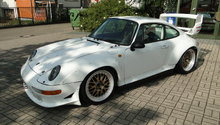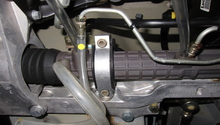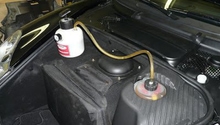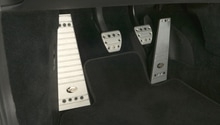Porsche 993: 5 Tips to Keep Your Car Running for a Long Time
It's no longer unusual for a car to last between 150,000 and 200,000 miles. But how long your car lasts largely depends on you.
This article applies to the Porsche 993 (1993-1998).
With proper maintenance and good know-how, you can keep your car running for a long time. It's as simple as checking your fluids and tire pressure, being aware of changes to your car, working with a mechanic you trust, adhering to your car's regular maintenance schedule, and taking care when driving.
Get Regular Maintenance
The number-one way to keep your car running for a long time is to follow the manufacturer's maintenance schedule. You can find this information in your owner's manual. Following this maintenance schedule can help identify problems before they cause expensive damage. Regular maintenance includes checking and changing fluids, checking tire pressure, rotating tires, inspecting brakes, and making sure that no part has worn out or broken down. Think of this regular maintenance as your car's yearly (or more often, depending) check-up.
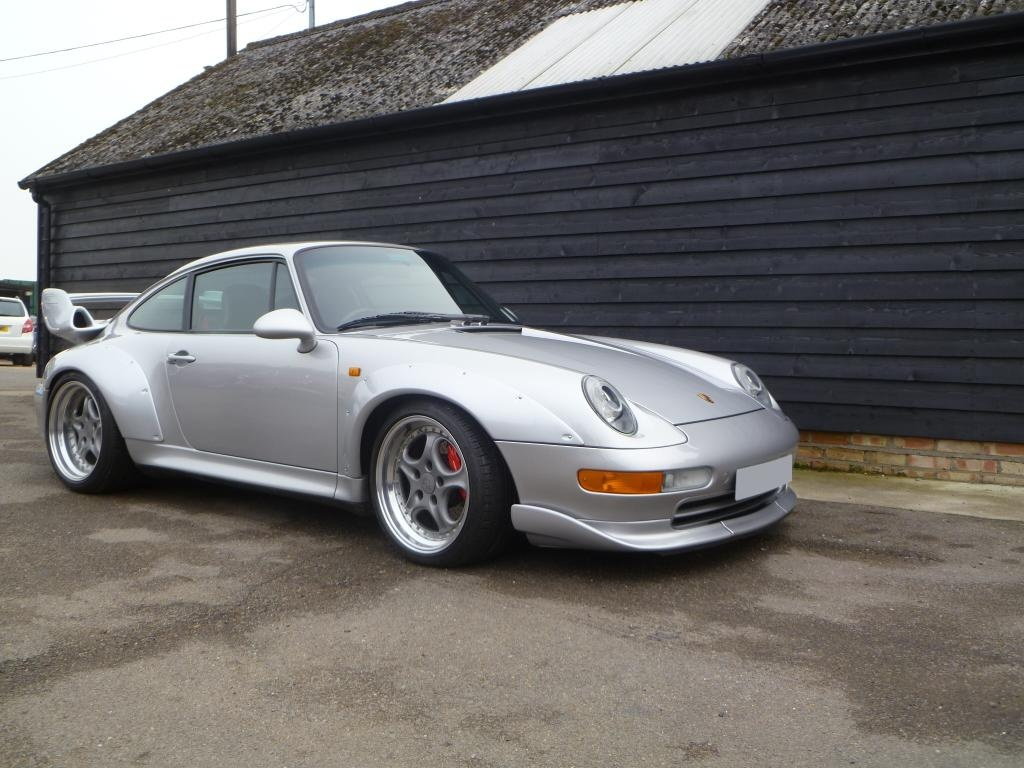
Check Fluids and Tire Pressure
Checking your fluids and tire pressure are easy ways to help prevent your car from breaking down, help prevent parts from wearing out or failing, and in the case of tires with low air pressure, help prevent accidents. Even a novice car owner can learn how to check and change fluids and tire pressure. Your owner's manual has information about when you should check your fluids and how to maintain proper tire pressure. Having low or high air pressure can cause your tires to unevenly wear and affect their lifespan.
Scheduling time to regularly check and change the following fluids is an easy way to keep your car running for a long time:
- Antifreeze - Wait for your engine to cool, check your fluid level, and top off if necessary. If you check while your engine is warm, you can scald yourself when you open the reservoir cap. You likely will find the reservoir in the front of your car near the radiator.
- Brake fluid - Look for the brake fluid reservoir under your hood. You can usually see how full it is just by looking. Low fluid levels can indicate a leak or other problem. Low fluid levels can also affect your braking time or even prevent your car from stopping at all when you apply the brakes.
- Engine oil - To check your oil, wait for your car to be cool, open hood, remove dipstick by pulling it out from the reservoir, wipe it clean, re-insert it, pull it back out, and check the level against the high and low marks on the dipstick. Top off the oil if it is low. Clean oil is golden while dirty oil is black or brown. You should change your oil every 3,000 to 5,000 miles and definitely if your oil is black or brown.
- Power-steering fluid - Check indicators on the power-steering reservoir cap. Top off if necessary. Change if the fluid is black.
- Transmission fluid - Turn on your car and let it warm up, put the car in park or neutral, open the hood, remove the dipstick by pulling it out from the reservoir. Then wipe it clean, re-insert it, pull it back out, and check the level against the high and low marks on the dipstick. Your fluid level should be somewhere in the middle. If not, top it off. Clean transmission fluid is red or pink; dirty transmission fluid is black. You should change your transmission fluid every 80,000 to 100,000 miles and definitely if it is black.
- Windshield washer fluid - Add to reservoir if your low washer fluid indicator comes on. Driving without windshield wiper fluid may not affect your car's overall performance, but having it can help you clean your windshield while driving.

Drive Calmly
Going easy on the brakes and calmly driving will help extend the life of your ride. Don't worry if you occasionally accelerate quickly -- it likely won't affect anything. But do it too often and you increase your chances of wearing parts down and reduce your fuel economy by as much as 35%. Shifting gears after your car completely stops can extend the life of your transmission. If you primarily drive around town or for short periods of time, be sure to get out on a highway every few weeks. Stop-and-go driving causes parts to wear more quickly than longer trips do.
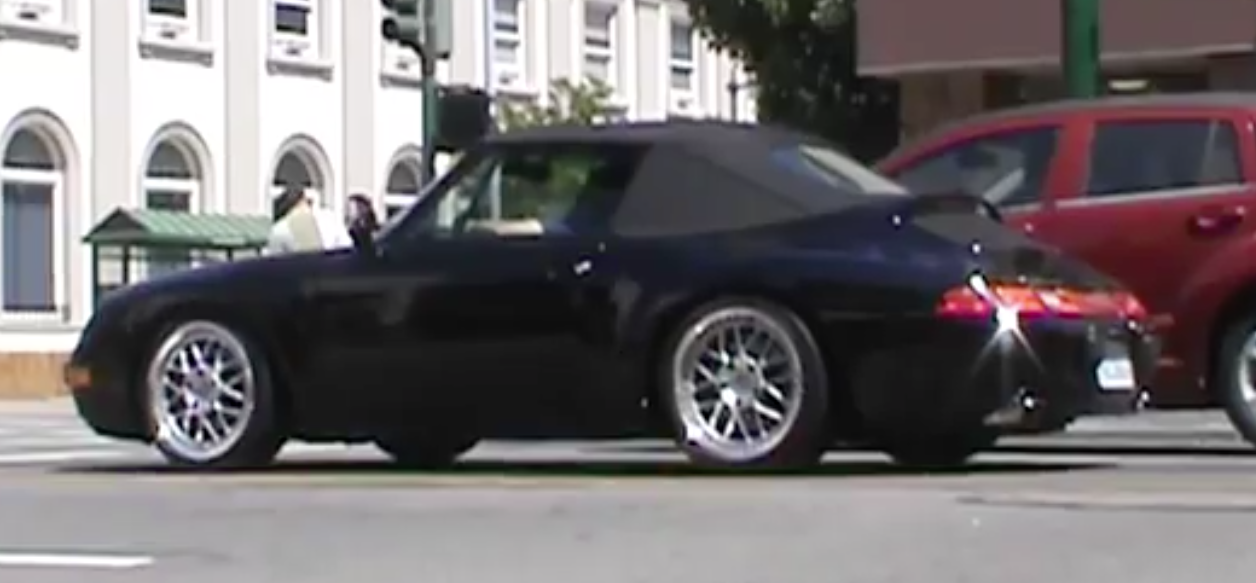
Don't ignore problems
You know your car better than anyone, so if you hear something strange or abnormal, don't ignore it. Diagnosing and resolving the issue right away can help extend the life of the car. If you don't recognize the noise, look online at reliable forums or discussion boards. You're sure to find someone else who experienced the same thing, and you may even find information for how to fix it on your own. A loud screeching noise from near your wheels can be a simple fix if you catch it right away, but cause even bigger problems if ignored. Similarly, ignoring the engine oil light, engine temperature gauge, or brake light warning can end up leading to expensive repairs. And for the DIY'er, use high-quality replacement parts. You don't always have to order parts straight from the manufacturer, but looking for the cheapest part or best deal could end up costing more over the long haul if you have to frequently replace the part.
Find a mechanic you trust
Even a DIY'er needs some advice every now and then. Finding and working with a trustworthy mechanic, and developing a great relationship with them, can help you make financially sound decisions about your car without wondering if your mechanic is just taking you for a ride. Get recommendations from friends and talk to customers who use the mechanic. After establishing this relationship, talk to them about your plans of keeping your car for as long as you can.
Related Discussions
- Best Ways to Keep Your Car Running - Cars.com
- Five Tips to Keep Your Car Running For a Long Time - ClubLexus.com
- Top Five Ways to Make Your Car Run Forever - Edmunds.com
- How to Check the Fluids in Your Car - WikiHow.com
- How to Keep Your Old Car Running Longer - CBSNews.com
- Top Ten Car Care Tips - KBB.com

